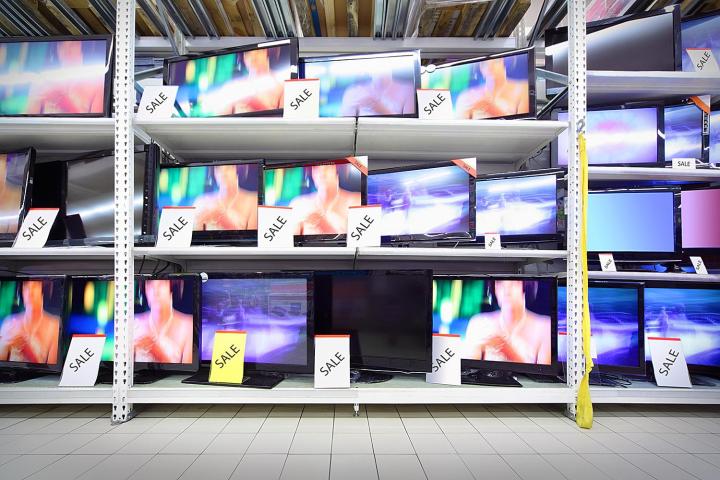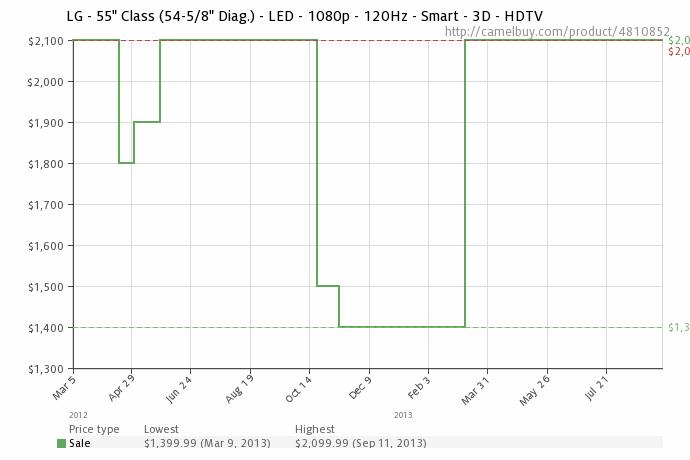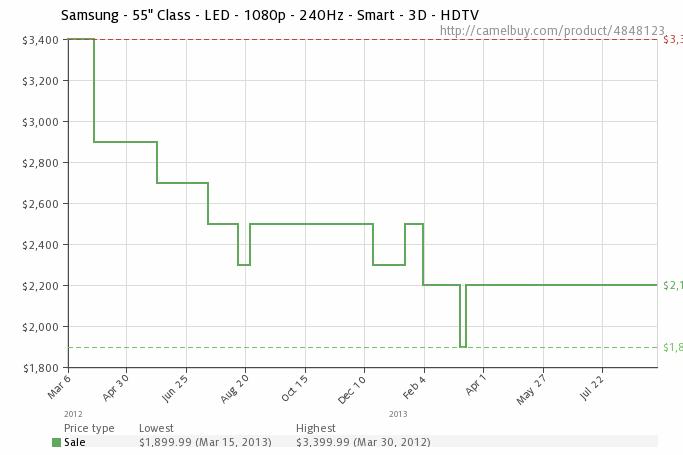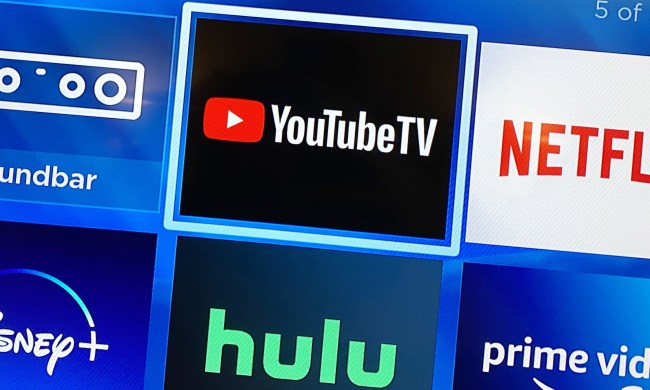
Whenever my dad used to consider a major electronics purchase, he’d take to the ads in the Sunday paper. It could take weeks of shuffling through those pages, but eventually he’d spot what he was looking for on sale. The next thing we knew, we’d hop in the car and haul off to the store to pick up our new toy, be it a computer, stereo or TV.
… the premium TV you’re looking for is going to be the same price everywhere you find it…
Of course, a lot has changed since then. Most folks these days keep their eyes peeled for the best deals online, whether shopping local stores or “e-tailers” like Amazon. But that’s not all that’s changed. The day of the “sale” as we’ve known it is now over for televisions.
Been waiting for that hot new LED TV to drop a few hundred bucks? Don’t hold your breath. It will eventually drop in price, but not at any merchant’s discretion. And don’t bother with price comparisons either; the premium TV you’re looking for is going to be the same price everywhere you find it (and if it isn’t, that’s cause for concern). You can thank something called a Unilateral Pricing Policy, or UPP for short. Here’s everything you need to know about it.
How does UPP work?
When TV manufacturers ship their new premium televisions to dealers, they do so under an agreement that the TV not be sold for less than a specified price. If a dealer decides to ignore this stipulation, they run the risk of getting suspended, or even losing the right to sell that manufacturer’s televisions altogether. In other words: Dealers are highly motivated to abide by the agreement.
It used to be that manufacturers only required minimum advertised price (MAP) agreements, but ultimately retailers figured out how to work around MAP pricing; that’s why sometimes you have to add an item to your cart and wade halfway through the checkout process to see what you’ll actually pay for it.
What TVs do UPP affect?
Currently, Sony, Sharp, Samsung, LG and Toshiba now have some sort of UPP in place. Panasonic is the only “tier 1” manufacturer remaining which doesn’t. From these manufacturers, you can expect all of the mid-level TVs on up to be subject to the pricing terms. Tier 2 brands like Vizio (which is slowly but surely clawing its way into the tier 1 category) and tier 3 brands like Westinghouse or Best Buy’s house brand, Insignia, don’t use UPP programs.
When did this start happening?
Samsung and Sony spearheaded UPP implementation in February of 2012. Since then, LG, Sharp and Toshiba also jumped on board. Since UPP is relatively new, it is likely this is the first year shoppers will take notice en masse.
Why are they doing this?
Manufacturers claim there are several reasons UPP makes sense. One revolves around the steep level of price erosion that has taken over the past few years. The “race to the bottom” as it is often called has taken a toll on dealer margins, and this helps put some of that margin back.
The other primary reason is that it levels the playing field for brick-and-mortar and online retailers. People are less likely to use brick-and-mortar showrooms just to audition a TV, then head home and order it online if they know the price is going to be the same either way.
How can I still get a good deal?
If you’re looking at purchasing one of today’s hottest TV models, then the only “deal” you’re going to get is the one that the TV manufacturers want you to have. And since TV sales follow a pretty predictable cycle, most manufacturers end up lowering and raising their prices at around the same time each year. So, the best thing you can do is familiarize yourself with the pricing cycle and track it. Lucky for you, we’re here to help out with that.
Manufacturers are dead serious about UPP and you can bet that authorized, reputable dealers are playing ball.
We suggest using an online price-tracker like camelcamelcamel.com (seriously, we’re not making that up, it’s a real place and it’s a pretty awesome tool) to track the rise and fall of whatever TV models you might be interested in purchasing. Just plug in the Amazon or Best Buy URL for the TV(s) you’re interested in, check out the model’s pricing history and even set up to get an alert if the TV drops to a certain price.
To put the pricing cycle into perspective, we tracked the changes made to LG’s 55LM6700 and Samsung’s UN55ES8000, both 3D LED Smart TVs. And while the pricing for each differed, the price changes and time frames were similar.
The Samsung TV was launched at Best Buy in late February at $3,400. Less than one month later, it was already down to $2,900. That price held steady for about two months before shedding another $200 in mid-May, down to $2,700. By early July, the TV was down to $2,500, but that “sale” was short lived; it bounced back up to $2,700 just a couple of weeks later and stayed that way until the Black Friday sales, and it dropped to $2,300. As soon as Christmas was over, it bounced back up to $2,500 and stayed there until UPP restrictions were lifted and the price plummeted around February 4, just before the replacement model was due to come out. A look at Amazon’s pricing history shows the same rise and fall at the same times.
LG’s debuted at Best Buy in March at $2,100. In early April it dropped down to $1,800 (a $500 drop right out of the gate, just like Samsung’s). The TV bounced back up in June to its original $2,100 price and held on steady until the end of October before dropping steeply to $1,500. Right around Black Friday, it dropped to $1,400 and held at that price until UPP lifted and all bets were off as it went to closeout status.
- 1. LG 55LM6700 price graph via camelcamelcamel.com
- 2. Samsung UN55ES800 price graph via camelcamelcamel.com
The takeaway is this: Don’t buy a TV within the first month of its introduction. Wait a month or so until it drops. If you can wait longer, prices look pretty good in early June, but after that you’ll have to hold out for the holidays. By the time the holidays wrap up, we’re already getting ready to see the latest and greatest, so those prior-year TVs can be had at rock-bottom prices.
But what about these great deals I’m seeing online?
If you’re seeing some suspiciously low prices on TV’s at retailers you’re not entirely familiar with, there’s a very good chance you are looking a grey-market merchandise, a refurbished unit or just an unreliable retailer. Manufacturers are dead serious about UPP and you can bet that authorized, reputable dealers are playing ball.
You down with UPP?
So what do you think about this UPP business? Does it sound like quasilegal price fixing to you, or do you appreciate that you don’t have to look all over town for the best deal on an upper-tier TV anymore? Let us know what you think in the comments below!





